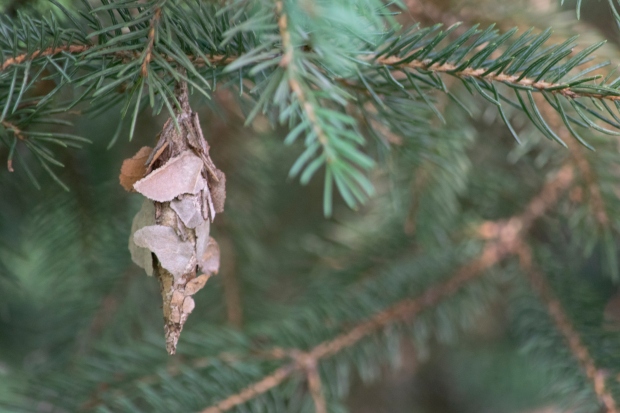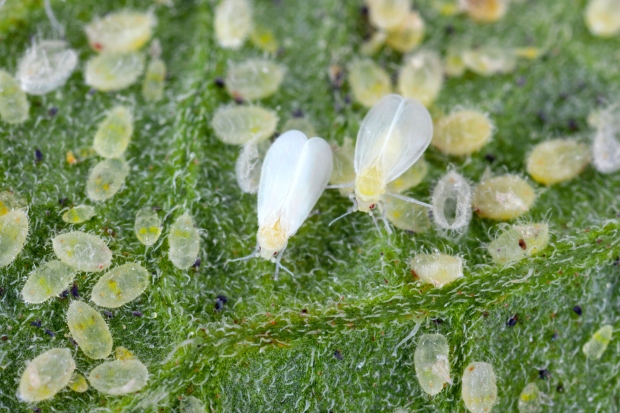Common Pests That Attack Landscape Shrubs
Landscape shrubs are typically low-maintenance but are prone to insect problems. Many common pests that attack them are also problematic in hardwood trees.
One of the best ways to minimize insect damage is to regularly check your shrubs for infestations and then treat them quickly once found.
Aphids
These tiny, pear-shaped insects suck sap from leaves, causing distorted foliage and leaves to drop. As they feed, they secrete a sugary substance known as honeydew, increasing the chance of sooty mold growth.

Bagworms
Once in evergreen shrubs, bagworms are very hard to spot. They produce spindle-shaped cocoons that are hard to distinguish from the foliage. The dense cocoons incorporate leaves and twigs from the shrub, protecting the bagworms from pesticides.

Japanese Beetles
Japanese beetles do not harm your shrubs directly, but their feeding causes severe damage to their appearance. These beetles have a metallic green head and thorax, accented with copper-colored wing covers. They feed on the leaf tissues between the veins to skeletonize leaves.

Lace Bugs
Lace bugs get their name because their thorax and forewings have semitransparent cells that give their bodies a lace-like appearance. Adults and nymphs feed on the bottoms of leaves, sucking fluid that causes leaf stippling and bleaching.

Leafminers
Adult leafminers lay their eggs within the leaf tissues. Once the eggs hatch, the larvae feed between the lower and outer leaf surfaces, creating tunnels that puff up to look like blisters. If the population is high, they can defoliate an entire shrub and may kill the shrub if it’s smaller or weak.

Mealybugs
Mealybugs typically form colonies on the bottom of leaves or in the crook of branches, feeding on the sap in the foliage. Your shrub may appear stunted, and leaves may look deformed. These pink, soft-bodied insects are typically covered with a white, almost cottony-like material that protects them from the heat.

Scale Insects
Scale comes in two types — soft and armored — with both looking like little brown bumps on the leaves and branches. These tiny insects are typically between one-eighth and one-half inch in size and cause the leaves to wilt and prematurely drop off the shrub. If untreated, they can cause branch or stem dieback.

Spider Mites
Spider mites are another sap-sucking pest typically found on the bottom of the leaves. They are challenging, though, because they may create a heavy infestation before you notice them. A shrub with spider mites may have stippled, discolored leaves, an overall yellowing of foliage, or spider-like webbing between the branches or foliage.

Whiteflies
Whiteflies are usually pale in color and often mistaken for small white moths. They are sap-suckers and cause stunted growth, yellow leaves, and leaf drop. Compared to some pests, they can be hard to treat because they take flight when you disturb the host plant.

Wood Borers
Wood borers are different types of beetles that usually spend their life burrowing through stressed or dying shrubs, feeding on the wood in the branches and stems. Some borers will attack healthy trees too. The holes they create can weaken the limb, leaving your shrub prone to wind damage during storms.

How to Treat Pests in Your Landscape Shrubs
- The first thing is to try to remove pests by hand. This is helpful with larger bugs like bagworms or Japanese beetles but might be inefficient for smaller insects.
- Once you’ve removed what you can, spray your shrubs with a stream of water to knock as many off as possible.
- Then apply insecticidal soap or neem oil, covering the leaves’ tops and undersides.
- If these treatments are ineffective, spray your shrubs with a chemical pesticide and follow label directions.